As part of its larger efforts to reduce greenhouse gas emissions and combat global warming, the Biden administration has finalized a spate of highly anticipated environmental regulations that limit the emissions from the tailpipes of gas-powered vehicles.
The Environmental Protection Agency (EPA) and the White House announced on Wednesday that they had finalized the most stringent multi-pollutant emission standards ever.
EV Push

While the guidelines target internal combustion vehicles, they are unequivocally intended to push more extensive cross-country acceptance of electric vehicles (EV) and, as per authorities, are supposed to guarantee almost 70% of all new vehicle deals are zero-discharges within a couple of years.
In a statement, White House national climate adviser Ali Zaidi said, “President Biden is investing in America, in our workers, and in the unions that built our middle class and established the U.S. auto sector as a world leader. The President’s agenda is working.”
EPA Input
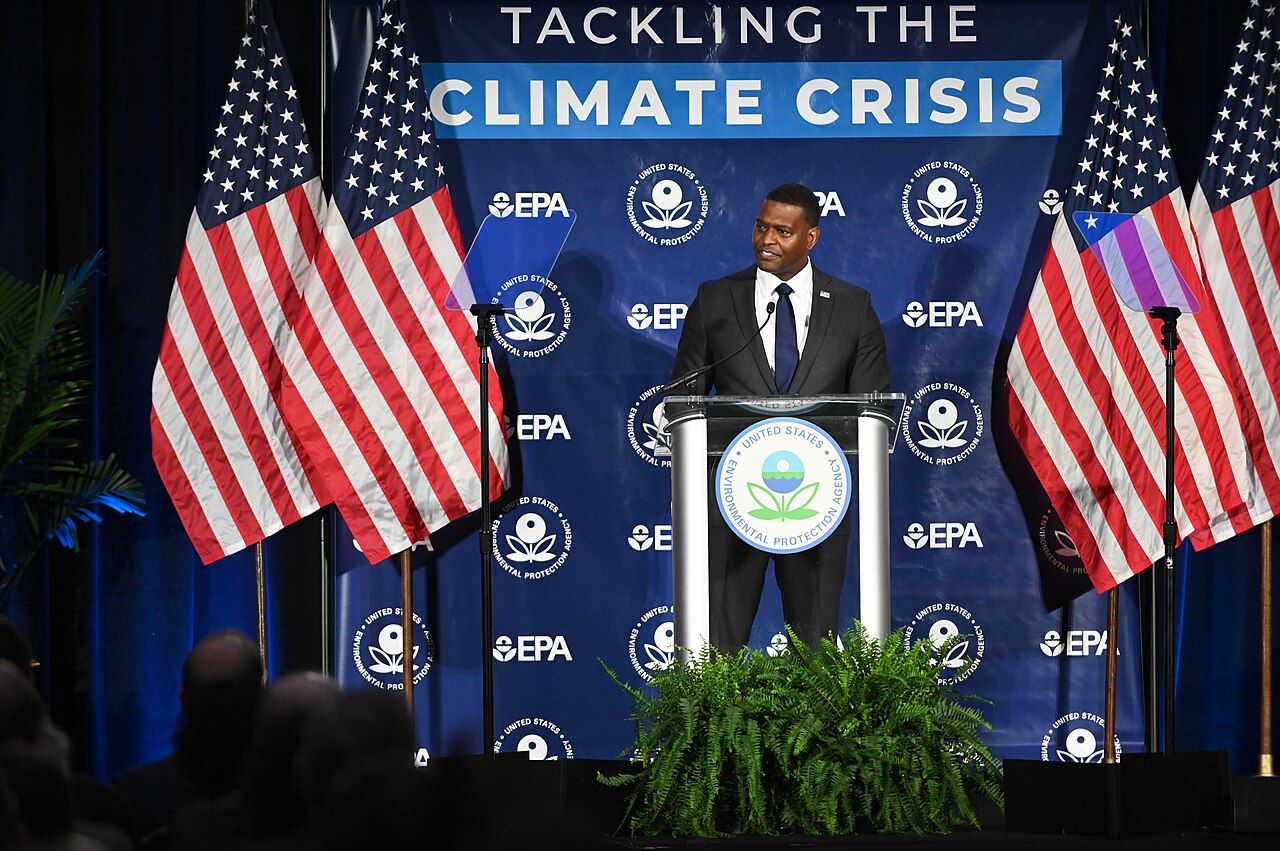
According to EPA administrator Michael Regan: “With transportation as the largest source of U.S. climate emissions, these strongest-ever pollution standards for cars solidify America’s leadership in building a clean transportation future”
He went on to state that this would help in “creating good-paying American jobs, all while advancing President Biden’s historic climate agenda.”
New Guidelines

Under the new guidelines, which will be announced at a service in Washington, D.C., on Wednesday afternoon, automakers will be compelled to quickly curb the discharges of greenhouse gases, hydrocarbons, nitrogen oxides, and particulate matter from new passenger vehicles, light trucks, and bigger pickups and vans starting with model year 2027 vehicles.
Over the course of the program, which will be in effect through 2032, administration officials claim that the regulations will help “tackle the climate crisis” by reducing the transportation sector’s carbon dioxide emissions by a staggering 7.2 billion metric tons.
Oil Usage

On a press call, officials also told reporters that the regulations would cut the amount of oil used in the United States by billions of barrels within 30 years.
At the point when the tailpipe emissions rules kick in, automakers will be constrained to expand the production and sales of EVs, plug-in hybrids, conventional hybrids, and fuel cell vehicles.
Increase in EV

According to officials, automakers would be required to ensure that 56% of light-duty car sales are battery-electric and another 13% are hybrid by 2032 under one “low cost” model that the EPA outlined in the rule.
The regulations are a version of the so-called “alternative C” strategy that was described in the EPA’s original proposal, which was first made public in April 2023.
Public Comment
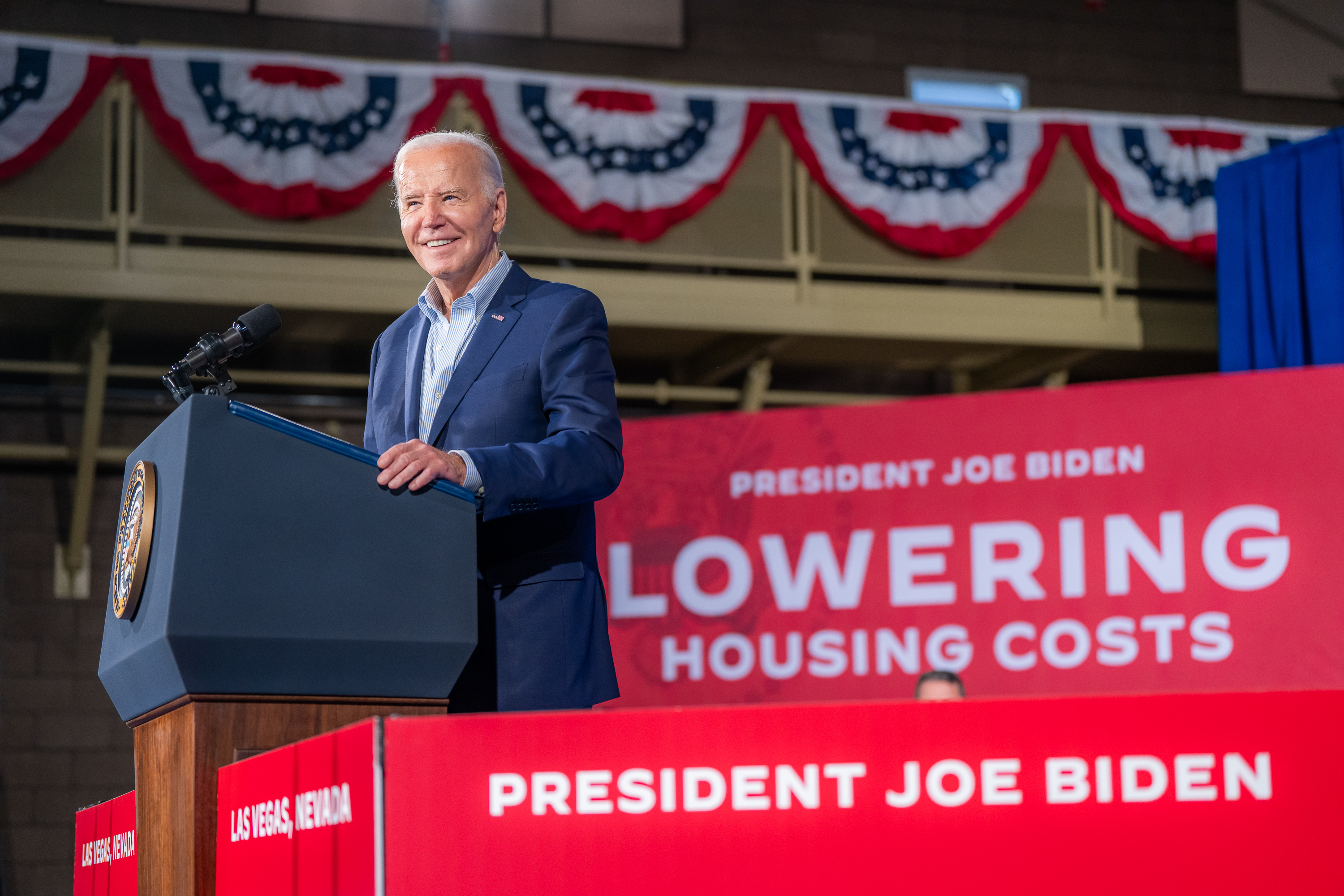
The White House initially projected last year that, under the standard, up to 67% of new vehicle deals would be battery-electric by 2032, however after an extended public comment period and gatherings with automakers and labor groups, it downsized the guidelines.
“Three years ago, I set an ambitious target: that half of all new cars and trucks sold in 2030 would be zero-emission,” Biden said in a statement.
Biden’s Statement
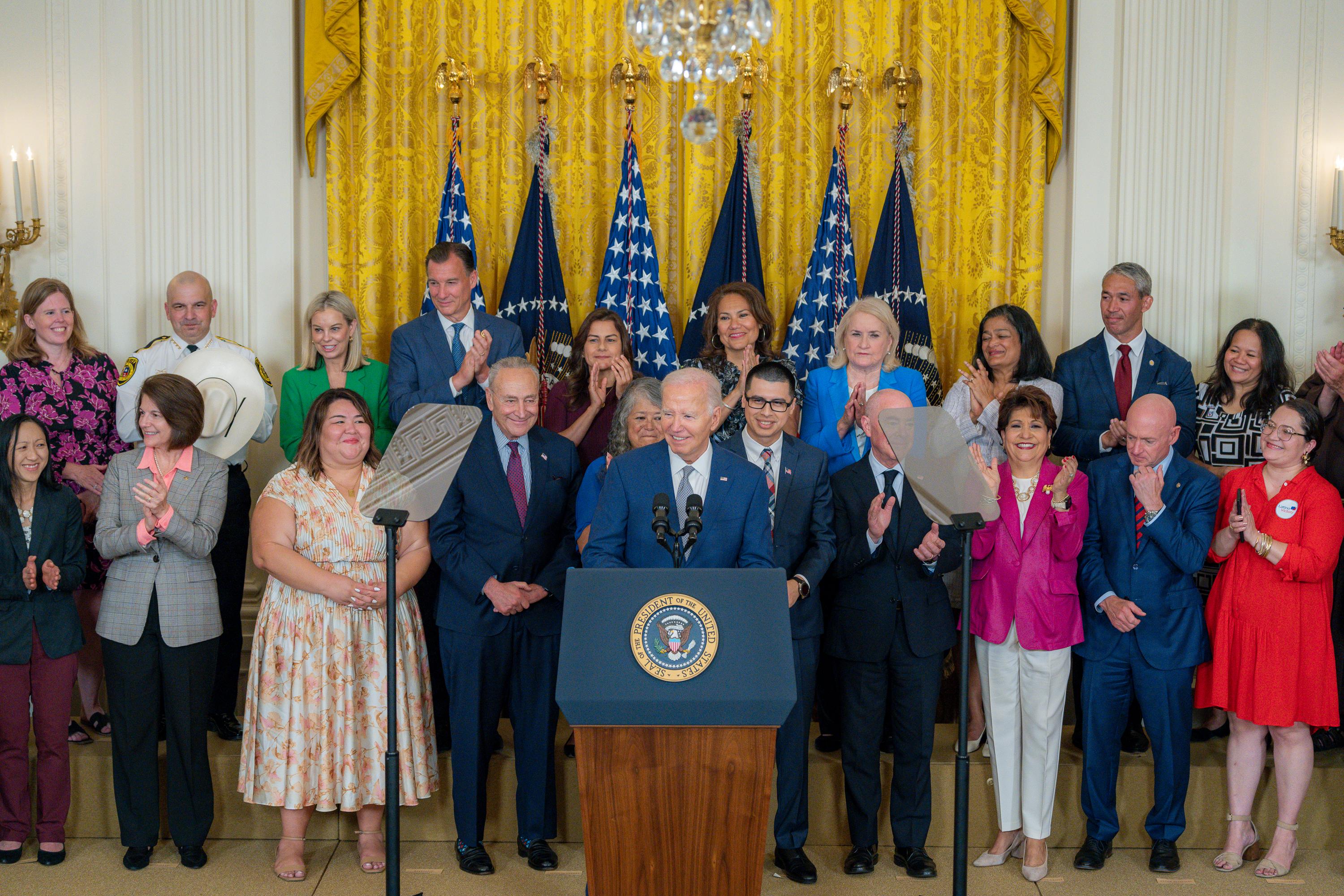
He went on to say: “I brought together American automakers. I brought together American autoworkers. Together, we’ve made historic progress.”
According to Biden: “Hundreds of new expanded factories across the country. Hundreds of billions in private investment and thousands of good-paying union jobs. And we’ll meet my goal for 2030 and race forward in the years ahead.”
Republican View
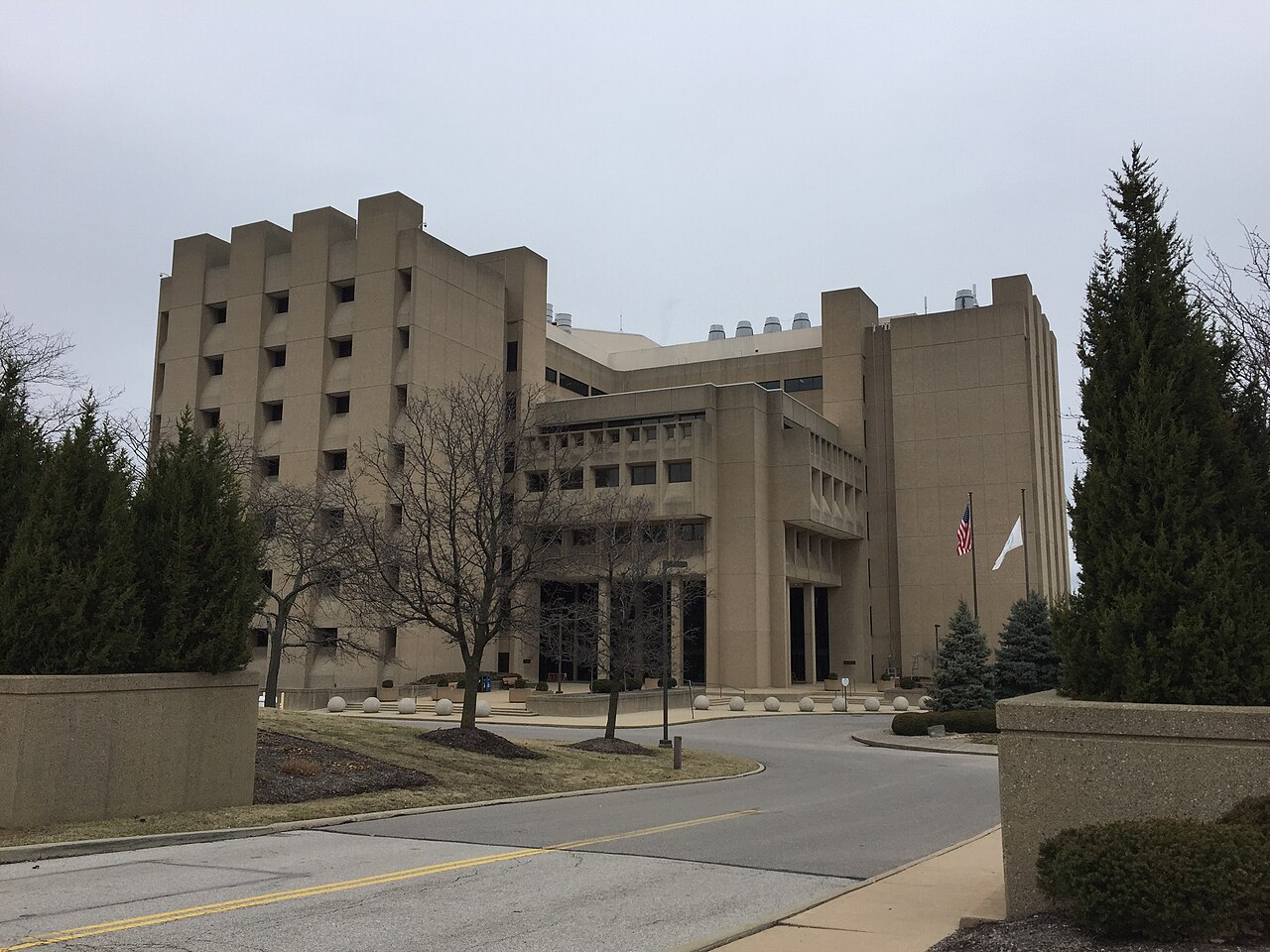
While the EPA rule addresses a downsized form of what the organization proposed last year, particularly in the early long stretches of the guidelines, industry gatherings and Republican legislators said the outcome would stay unaltered.
They assert that the regulations will result in increased costs across the board and reduce consumer choice.
Pushback

Chet Thompson, president and CEO of American Fuel & Petrochemical Manufacturers, and Mike Sommers, president and CEO of the American Petroleum Institute, issued a joint statement on Wednesday in which they urged Congress to intervene and thwart the plan.
They stated, “At a time when millions of Americans are struggling with high costs and inflation, the Biden administration has finalized a regulation that will unequivocally eliminate most new gas cars and traditional hybrids from the U.S. market in less than a decade.”
Farming Concerns

In a similar vein, farmers, consumers, and auto dealers, in addition to energy advocacy groups, have expressed concern about the repercussions of the EPA’s regulations.
According to the National Corn Growers Association President Harold Wolle: “This decision will not only severely hamper the administration’s ability to reach its own climate goals, but it will also hurt family farms and rural communities that rely heavily on the sale of biofuels. On top of that, it will remove consumer choice from the market.”
Increase in Sales
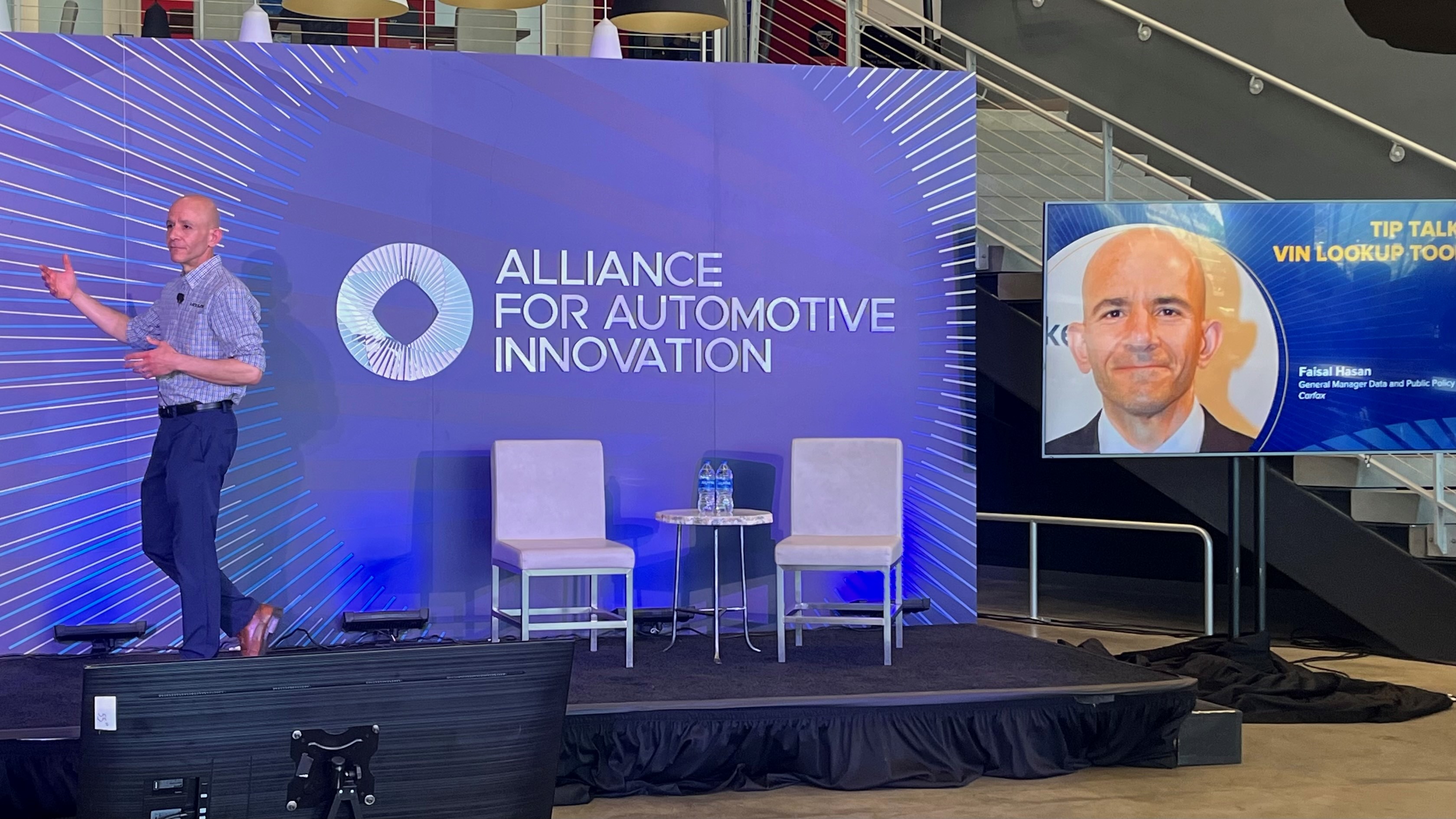
Major automakers’ industry group, the Alliance for Automotive Innovation, says that 9.3% of all car purchases in the United States were electric or plug-in hybrids last year, up from 7% in 2022.
Purchases in California and urban areas, where the majority of EV purchases are made, were largely responsible for that increase.
Nonetheless, EVs continue to be significantly more expensive than conventional gas-powered automobiles making this implementation a difficult reality for Americans.
